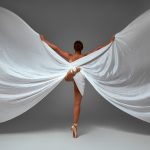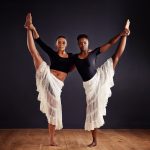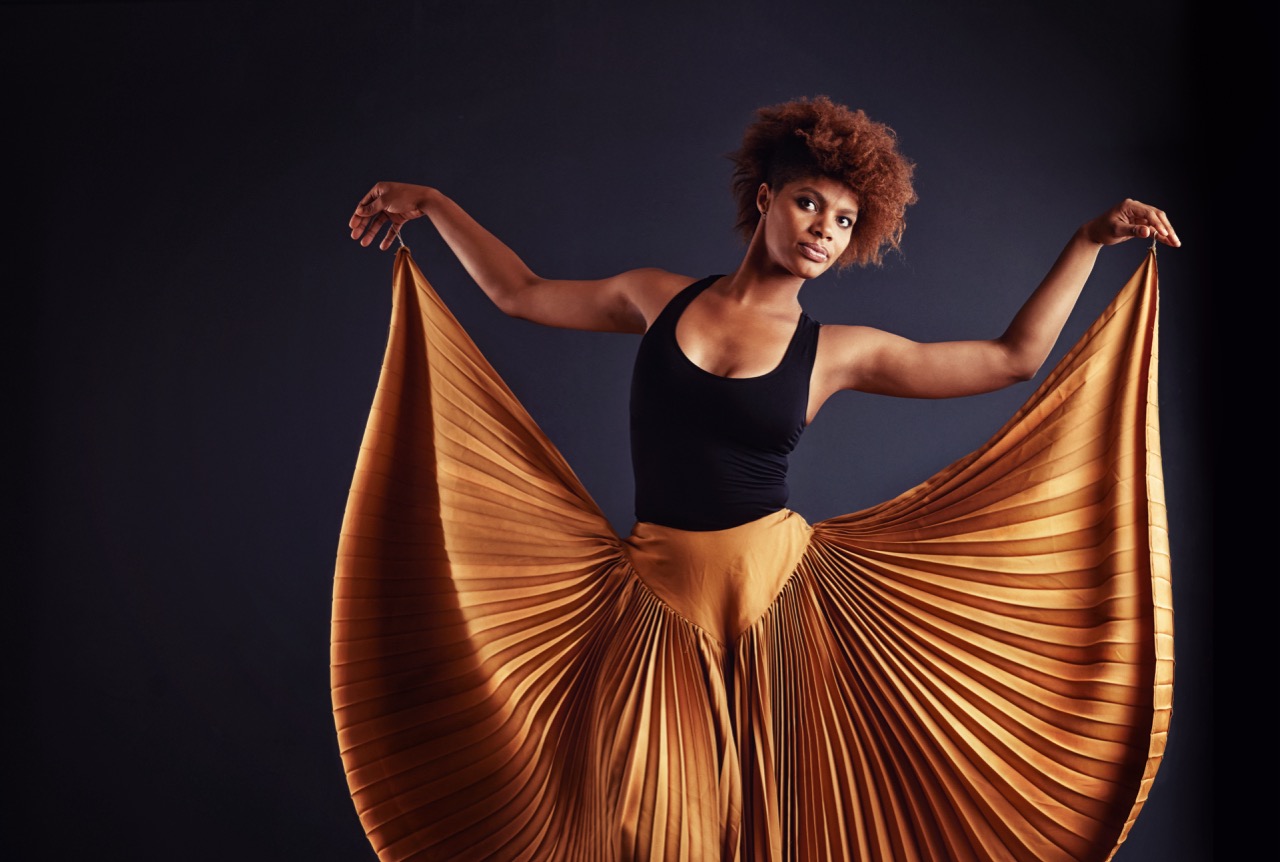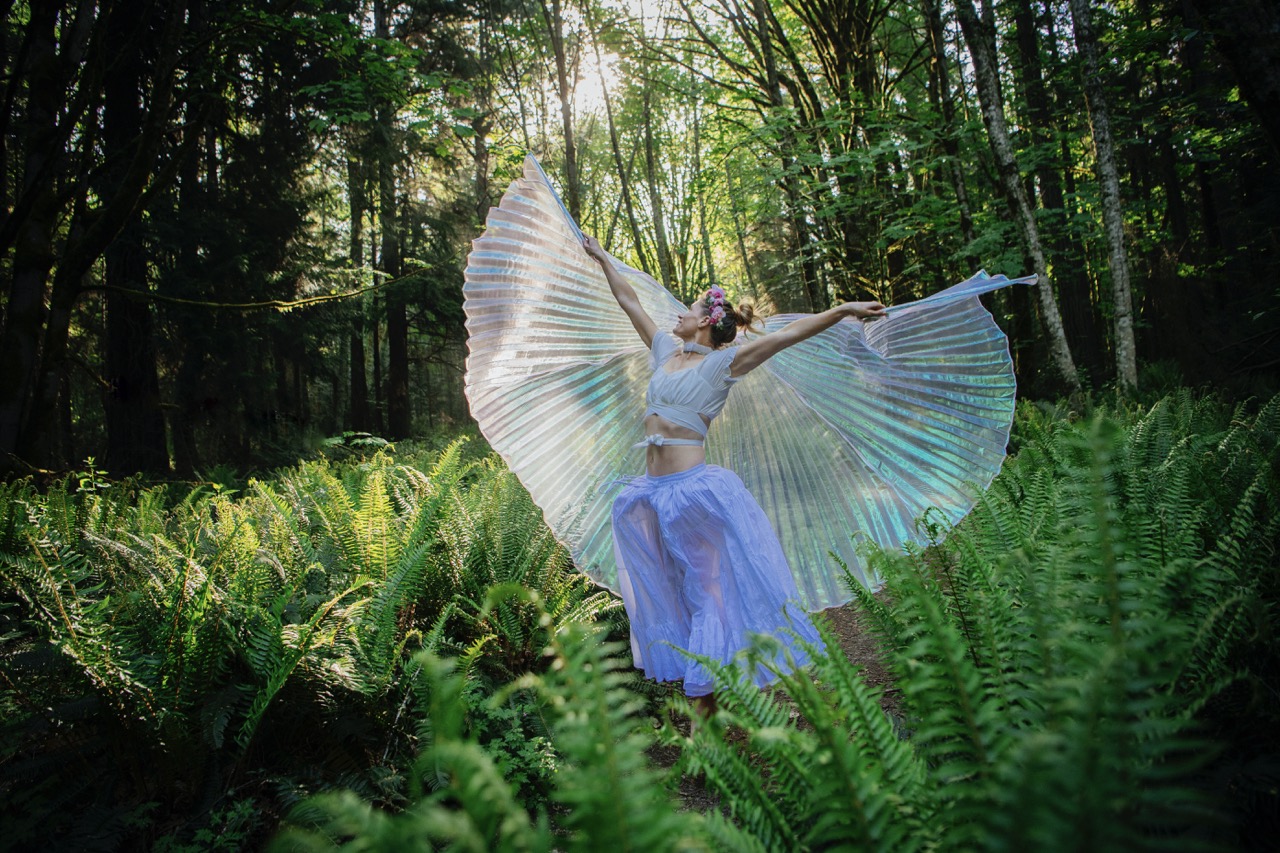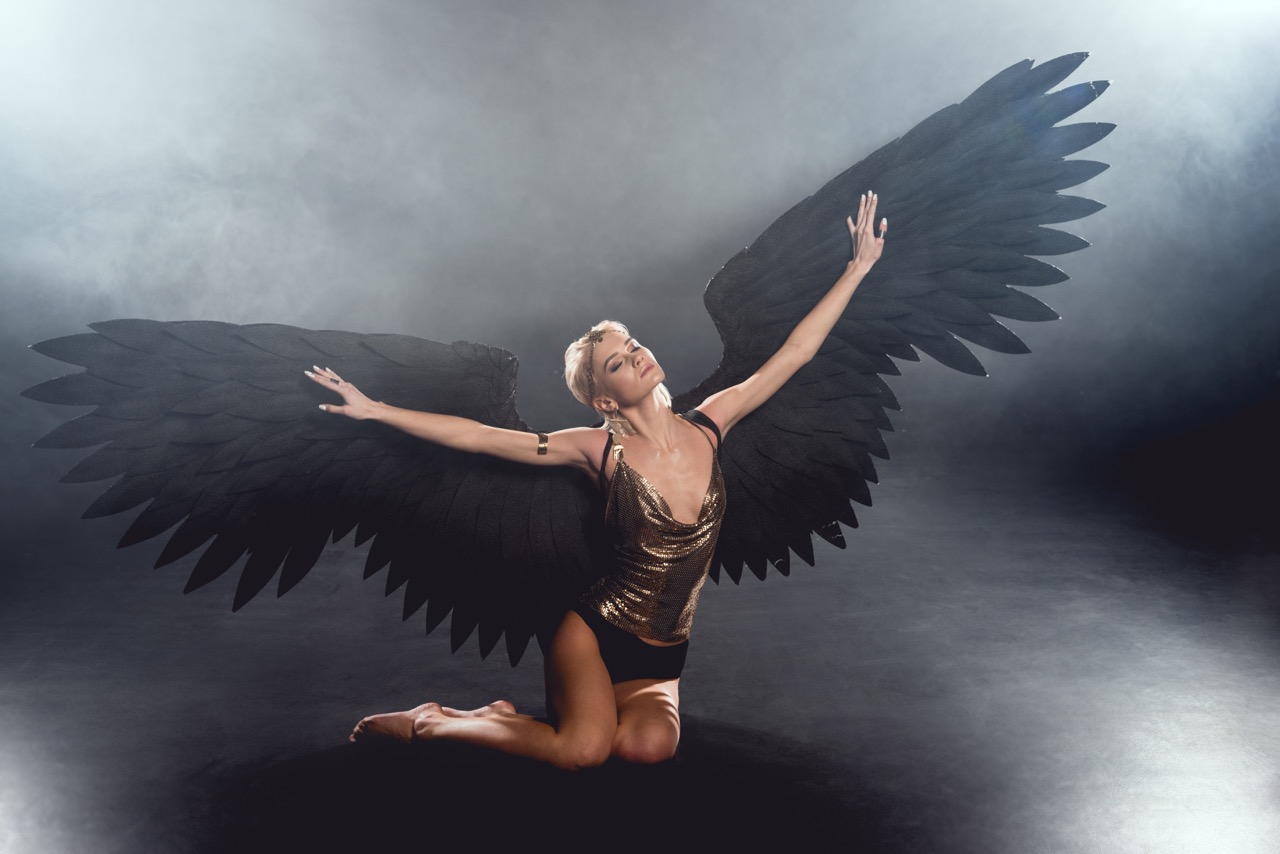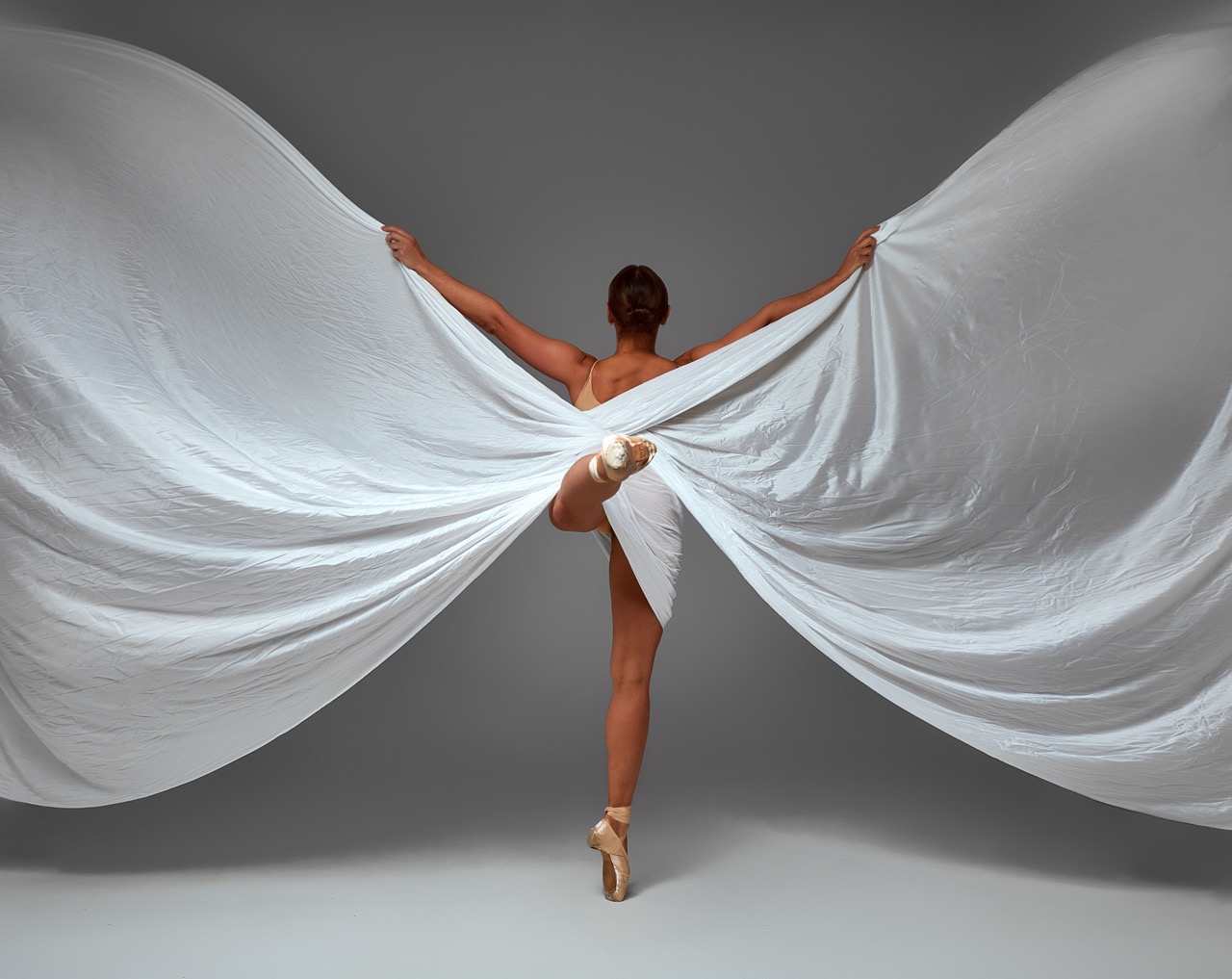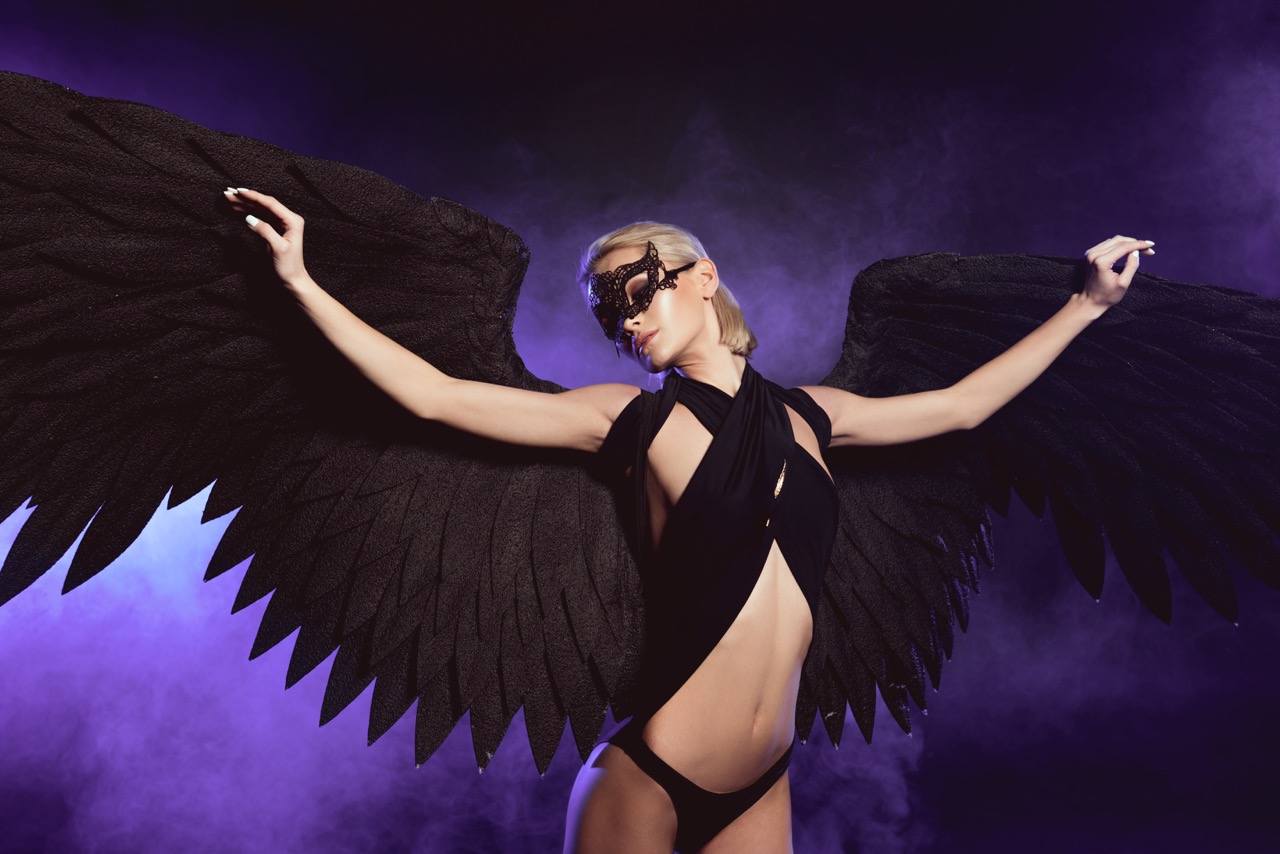Dance has always been a medium of expression, transcending the bounds of language and culture to convey emotions and stories. Among the myriad of elements that enhance the captivating nature of dance, the incorporation of dance wings alongside flowing fabrics stands out as a powerful combination. This synergy not only adds visual splendor to performances but also amplifies the emotive capacity of the dance itself. In this article, we will explore the art of combining dance wings with flowing fabrics, uncovering how these elements create a stunning visual narrative that captivates audiences.
The Art of Movement: Dance Wings in Performance Design
Dance wings are a remarkable tool in performance design, offering dancers the ability to expand their physical presence on stage. These wings, often crafted from lightweight materials, allow for dramatic movements that can evoke a range of emotions—from grace and elegance to power and intensity. When dancers incorporate wings into their routines, they harness the ability to transform their movements into a visual spectacle, filling the stage with dynamic energy. The fluidity with which the wings move can accentuate the dancer’s own motions, creating a symbiotic relationship between the dancer and their costume.
In performance design, the choice of materials and colors for dance wings is integral to the overall aesthetic. Designers often select fabrics that catch the light, enhancing the visual impact of the dancer’s movements. The interplay of light and shadow as the wings unfurl can create different moods, making the performance even more compelling. Wings can be designed in various shapes and sizes, allowing for flexibility in choreography and enabling dancers to tailor their performances to specific themes or narratives. This versatility is one of the key reasons dance wings have become a beloved addition to contemporary dance.
Moreover, the use of dance wings also facilitates the exploration of themes such as freedom, transformation, and the ethereal nature of existence. When dancers open their wings, it can symbolize liberation and surrender to the beauty of movement. This thematic depth resonates with audiences on an emotional level, inviting them into the world of the performance. Thus, dance wings are not merely ornamental; they are instrumental in elevating the narrative and emotional resonance of a performance, making them a vital element of modern dance.
Flowing Fabrics: Enhancing Expression and Grace in Dance
Flowing fabrics, such as silks and chiffons, have been integral to dance for centuries, enchanting audiences with their elegance and fluidity. These materials are chosen for their ability to move seamlessly with the dancer’s body, creating a visual harmony that enhances both the choreography and the emotions conveyed. As dancers execute their movements, the fabrics swirl and cascade, amplifying the gracefulness of each step. This captivating interaction between movement and material allows for a deeper exploration of rhythm and flow, transforming the dance into a living piece of art.
The choice of fabric color and texture can also significantly impact the emotional landscape of a performance. For instance, soft pastels may evoke feelings of serenity and tranquility, while vibrant reds and blacks might convey passion and intensity. The visual language of flowing fabrics is powerful, helping to articulate the nuances of the choreography. Additionally, the layering and draping of fabrics can create visual depth, enhancing the three-dimensionality of the dancer’s form. This aspect of costume design is particularly important in conveying the narrative of the piece, as the fabrics can react to various movements and transitions, further engaging the audience.
Incorporating flowing fabrics into dance performances allows dancers to explore their physicality in new ways. The weight and movement of the materials can influence how dancers approach their choreography, encouraging them to play with dynamics and tempo. The sensation of fabric against skin can also heighten a dancer’s awareness of their movements, leading to a more expressive performance. Thus, flowing fabrics serve not only as a visual enhancement but also as a catalyst for deeper artistic exploration, making them an essential component of contemporary dance.
The Perfect Match: Synergy Between Wings and Fabrics
When dance wings are combined with flowing fabrics, the result is a visually striking symphony that captures the audience’s attention and imagination. The lightweight nature of both elements creates a sense of buoyancy, allowing dancers to transcend earthly constraints as they take flight across the stage. This synergy enhances the emotional depth of the performance, inviting viewers to become immersed in the narrative and themes being portrayed. Together, wings and fabrics create a cohesive aesthetic that transforms the performance into a breathtaking experience.
One of the captivating aspects of this combination is its ability to create layers within the performance. As dancers manipulate their wings and flowing fabrics, they create a dynamic interplay of shapes and colors, inviting the audience to focus on the details of each movement. This layering effect adds richness to the choreography, allowing for moments of tension and release as the dancer weaves their story. The visual complexity achieved through this synergy not only captivates audiences but also allows dancers to explore their creativity on a deeper level, pushing the boundaries of traditional movements.
The combined use of wings and flowing fabrics also opens the door to innovative choreography that emphasizes contrasting elements. For example, while one wing may sweep gracefully upwards, a piece of flowing fabric may flutter downward, creating a striking visual juxtaposition. This interplay can symbolize various themes, such as the tension between freedom and constraint or the balance between chaos and calm. Ultimately, the synergy between dance wings and flowing fabrics fosters a multi-dimensional performance that enhances both the aesthetic and emotional impact of dance.
Creating Visual Poetry: Choreography with Dynamic Textiles
Choreography that integrates dance wings and flowing fabrics can be likened to crafting visual poetry. Just as a poet weaves words together to evoke emotions and paint imagery, a choreographer employs the language of movement, wing dynamics, and textile flow to tell a story. The combination of these elements allows for a nuanced exploration of themes, emotions, and narratives, creating a rich tapestry that resonates with the audience on multiple levels. Each movement becomes a word, each transition a phrase, culminating in a performance that speaks directly to the heart.
In this artistic dialogue, dancers are empowered to explore their own interpretations of the choreography. The inherent fluidity of both dance wings and flowing fabrics offers a canvas for improvisation and creativity. Dancers can experiment with the ways in which they move their wings or manipulate the fabric, allowing their instincts to guide the performance. This organic approach to choreography fosters a sense of spontaneity, making each performance unique and alive. Audiences are treated to a fresh interpretation each time, ensuring that the visual poetry remains captivating and engaging.
Moreover, the use of dynamic textiles in choreography creates a connection between the dancer and the audience. As the dancer navigates through the space, their wings and flowing fabrics come alive, responding to their movements and the energy of the performance. This interplay draws viewers into the experience, inviting them to participate in the emotional journey unfolding before them. The result is a powerful visual language that transcends words, allowing audiences to feel the essence of the performance deeply and personally. Thus, choreography with dynamic textiles is not merely a display of skill; it is an invitation to witness the beauty of movement in its most expressive form.
In conclusion, the combination of dance wings and flowing fabrics opens up new dimensions of creativity and expression in dance performances. Together, they create a visual narrative that captivates audiences and enhances the emotional resonance of movement. As the art of dance continues to evolve, these elements will remain integral to crafting performances that are not only visually stunning but also deeply impactful. By embracing the synergy between wings and flowing fabrics, dancers and choreographers can unlock new realms of artistic expression, transforming the stage into a vibrant canvas of movement and emotion.


